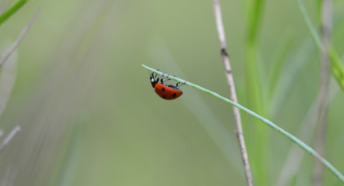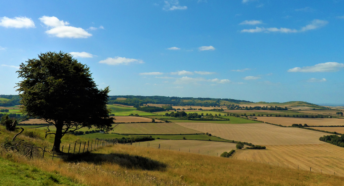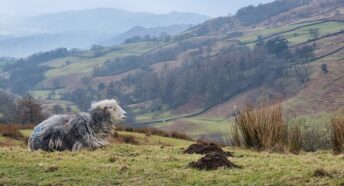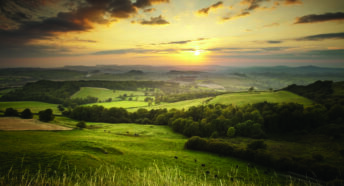Countryside books for children and young adults
Many of us in the CPRE national office team were inspired by countryside-themed books we read as we were growing up. Here are a few that shaped the way we think and feel about the countryside.
Beatrix Potter, the Flower Fairies and Swallows and Amazons
Maddy Haughton-Boakes is our campaigns manager, leading work on campaigns such as our call for a deposit return scheme to boost recycling and cut waste. Children’s books inspired her to get out and explore the countryside:
‘I had handed-down, old, torn-at-the-edges copies of the flower fairy books and Beatrix Potter that I would read and re-read and it was through these and my parents reading books like Swallows and Amazons to me that the countryside came alive.
‘Growing up in the city (albeit a lovely seaside one) the countryside was a place we visited to see family, and those books instilled in me a sense of awe and excitement, inspiring me to run wild exploring every thicket and bush I could find in the hope of finding a Mrs Tiggy-Winkle, a Windflower Fairy or the perfect den from which to hatch a piracy plan. It was a magical place of adventure, fairies and talking animals.
‘Even as an adult now I can’t resist running, climbing, searching for fairies and talking to animals when I explore the countryside.’
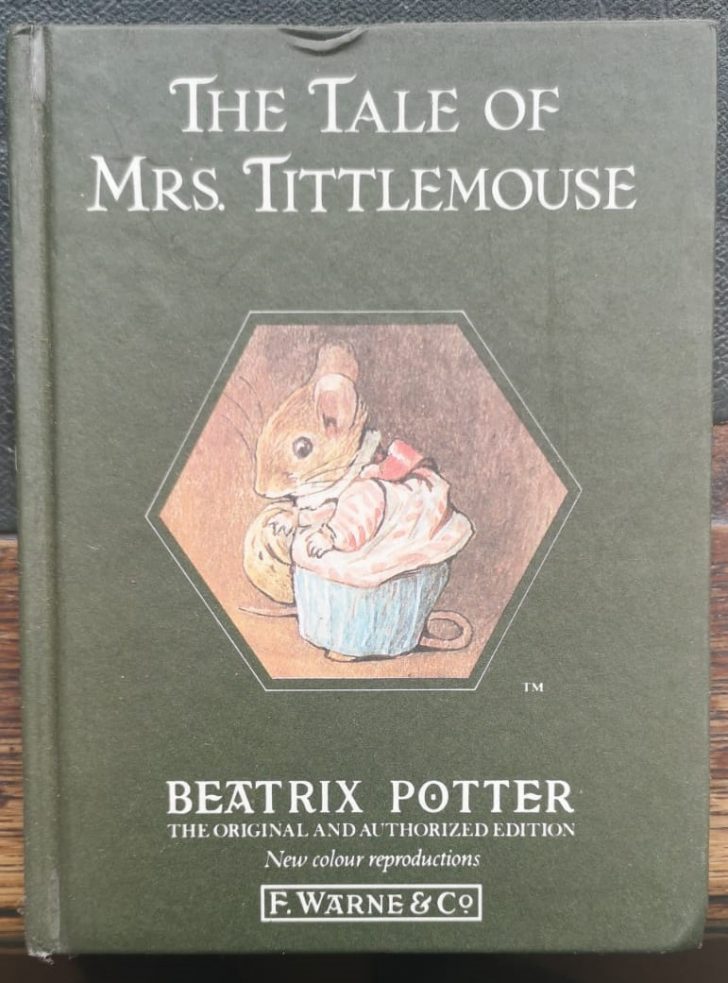
The Battle for Badger’s Wood, by Frederick Covins
As one of our media relations leads, Jamie Wyver helps to get our stories across in consumer magazines. He’s always had a keen interest in nature:
‘I was profoundly affected by books like Watership Down and The Animals of Farthing Wood, both stories where wildlife was threatened by development. There’s a similar, though lesser-known tale which is also well worth tracking down: The Battle for Badgers Wood by Frederick Covins. Unlike the animal characters in first two books who, understandably, flee from the paths of bulldozers, the animals of Badgers Wood stick around and fight to save their home.
‘It’s an exciting story told with good humour but I remember feeling incredibly angry about the way humans treated the wood. It helped spark a lifelong passion for conservation and the hope that I can be part of saving the special places that wildlife needs.’
The Overland Launch, by C. Walter Hodges
Matt Thomson is CPRE’s head of land use and planning and a town planner by profession. The book he chose tells a dramatic tale set in a beautiful part of the country:
‘The Overland Launch recounts the true story, through a child’s eyes, of a terrible storm in 1899 when a Devon lifeboat crew couldn’t launch from Lynmouth harbour to rescue 18 men from a floundering cargo ship. They decided instead to drag the boat up a 1-in-4 slope over the 434m high Countisbury Hill 15 miles to Porlock, including knocking the corner off somebody’s house on the way to get the boat past. The journey took 11 hours, but the crew then spent the next 24 out in the Bristol Channel keeping the ship, its cargo and crew safe.
‘It’s not just a gripping story of the heroism of the lifeboat crew, but a testament to the rugged beauty of Exmoor and the determination and sacrifice of rural communities working together in the face of adversity.’
The Rupert the Bear stories, by Mary Tourtel
Our head of rural economy and communities, Daniel Carey-Dawes, manages the team that focuses on policy for a thriving, sustainable countryside. As with Maddy, his favourite books were the ones that made him want to go outside and roam:
‘I suppose my memories of the Rupert stories are a mixture of the books and the animated cartoon series from the early 1990s. What I liked about the stories was the sense of adventure about them. They were always set in the outdoors and I think this definitely contributed to my looking upon the outdoor world as a place of adventure.
‘At the end of every tale, Rupert would always return home to his family. There was always a sense of mischief to that, in that his parents were always completely unaware of whatever scrapes he had got himself into during that day’s adventure.
‘The rural English setting also connected me with the childhood holidays I had in East Anglia, where I too was allowed out from a young age to explore the countryside with minimal supervision. Sometimes, like Rupert, I would disappear on my bike for several hours and only show up for dinner. When in London, that was never possible, so I suppose I liked the stories because they reminded me of the freedom that comes with being in the countryside.’
The Baron in the Trees, by Italo Calvino
Lucie Rymer, who works with charitable trusts that help support our work, is a real bookworm and has suggested three stories.
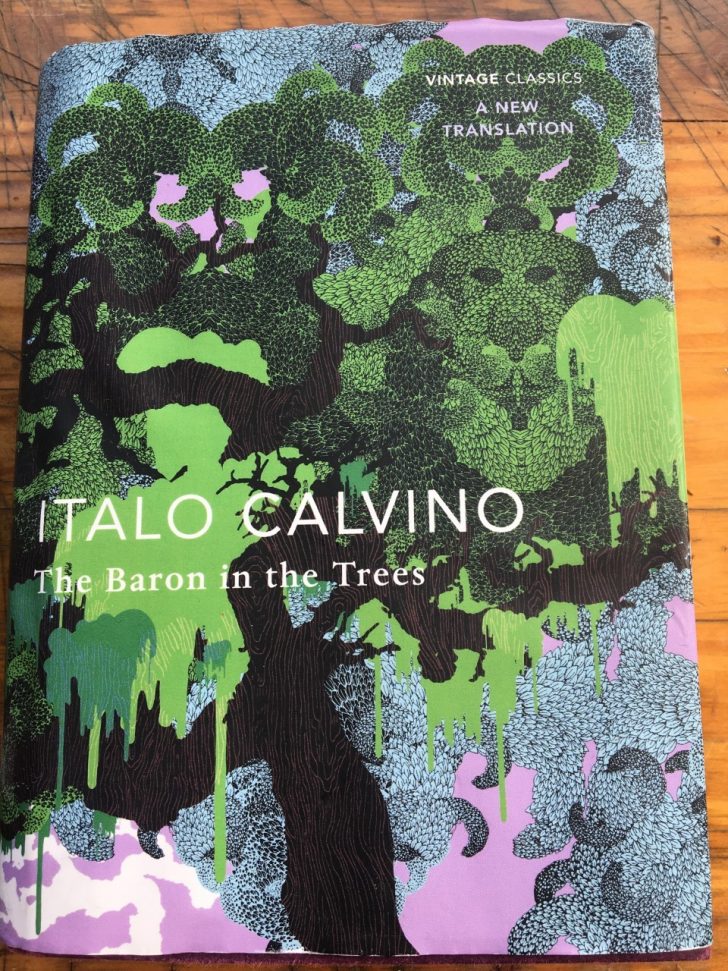
‘If I could live inside someone’s imagination, I think it would be Italo Calvino’s. He’s a very playful writer, whose storytelling surprises and delights. The reason I am recommending this book, in particular, is because it is set almost entirely out of doors, in the treetops of a luscious, nature-filled forest.
‘What I love about this particular young adult novel is the depiction of childhood in the early chapters. They’re alive with childlike wonder, humour and stubbornness. Calvino portrays a really lovely sibling dynamic, which is also represented by the narrative style.
‘The book is set in the 1750s in an imaginary village on the Italian Riviera and opens on a familial dispute over snail soup. Needless to say, it grabbed me right from the start, and was so hard to put down I read it in the bath. I’m glad to say it survived, if a little wigglier than it was before.’
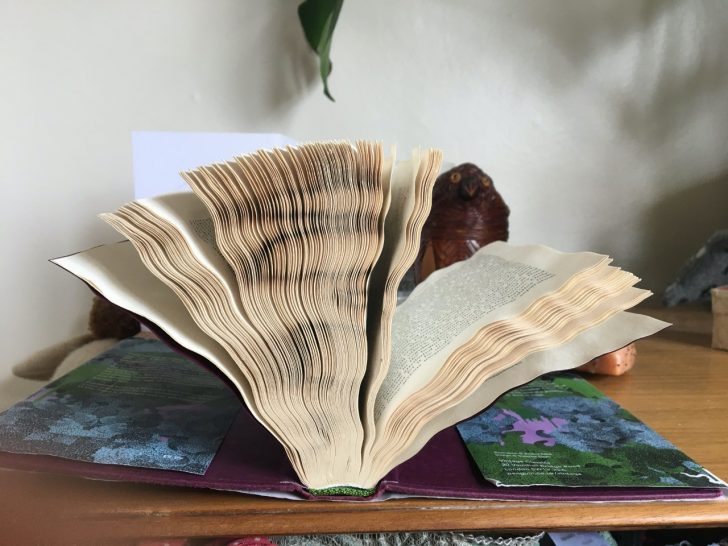
Anno’s Britain, by Mitsumasa Anno
‘The Japanese illustrator Mitsumasa Anno travelled around Europe for forty days in the 1970s. Anno’s Britain could be described as a quaint picture book come travel log, but it’s so much more than that. It’s a ‘Where’s Wally?’ quest through British cultural history.
‘From a quick glance at one of the pages you might assume Anno is portraying a typically British scene, but if you look very, very closely, magical figures from history start to pop up.
‘The thing I love most about the book is that there is always something new to find in it. There are homages to Constable, Shakespeare and even Winnie the Pooh hidden between the pages. At one point Anno is passing through a market square bustling with crowds and children playing football – then you notice The Beatles are busking and Sherlock Holmes is hunting for clues under Nelson’s Column.’
Seasons, by John Burningham
‘I’m obsessed with children’s books. I often badger friends and colleagues to find out what their favourite childhood books are, to make sure I haven’t missed out on any. This is how I discovered John Burningham.
‘Let’s be honest, with a total of 50 words across its 29 pages, you don’t pick up John’s books for the writing. The book is essentially a list.
‘The reason I love this book so much is because it provides an immediate escape hatch out of the city. I am a farmer’s daughter, who accidentally ended up in London. With his sunshine soaked paintbrush, Burningham conjures pictures from my childhood, and gets me through the grizzliest of days.’
Winnie the Pooh, by A.A. Milne
Finally, Chris Hinchliff, who leads our work on transport in rural communities, reflects on a popular classic and what it means to him.
‘Winnie the Pooh: The Complete Collection is one of the first books I have a strong memory of. Alongside brilliant illustrations by E.H. Shepard and gently comforting plotlines, the stories of Winnie the Pooh are a great introduction to the joys of poetry and a typically English sense of absurdist humour.
‘Set in the Hundred Acre Wood the stories are full of memorable character, and instill a real sense of the great outdoors as somewhere to explore, have adventures, and of course play Pooh sticks at every available bridge over a stream.
‘In my final year of primary school I was lucky enough to go on a residential trip to Hindleap Warren in the Ashdown Forest, the beautiful Sussex setting for A.A Milne’s homage to childhood escapades and youthful innocence. I’ve associated exploring the countryside with a sense of excitement and freedom ever since.’
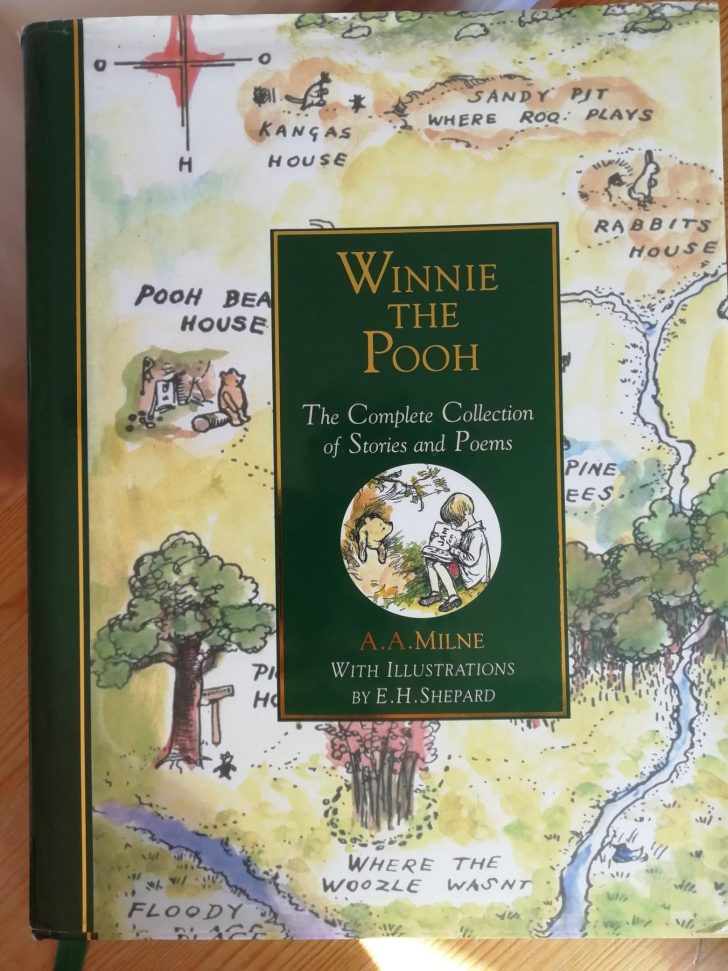
Which books would you recommend to inspire children and young adults to connect to the countryside? Let us know on Twitter or Facebook.





